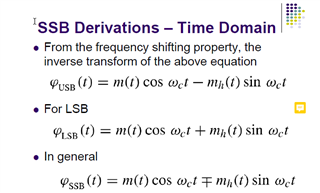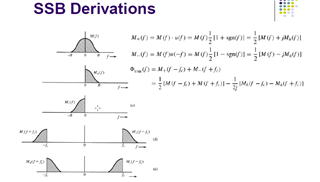Other Parts Discussed in Thread: TRF3722
Dear E2E,
We are seeing some frequency inversion when we feed the DAC I_output to the TRF I_input, and DAC Q_output to TRF Q_input. Is this expected?
My analysis shows that this is the case when the LO is sine (which resulted in frequency inversion at the output of the IQ modulator). When the LO is negative sine, then the output frequency is not inverted. We are trying to troubleshoot to see if there is a bug in the FPGA.LO as positive Sine is LSB.pdf



